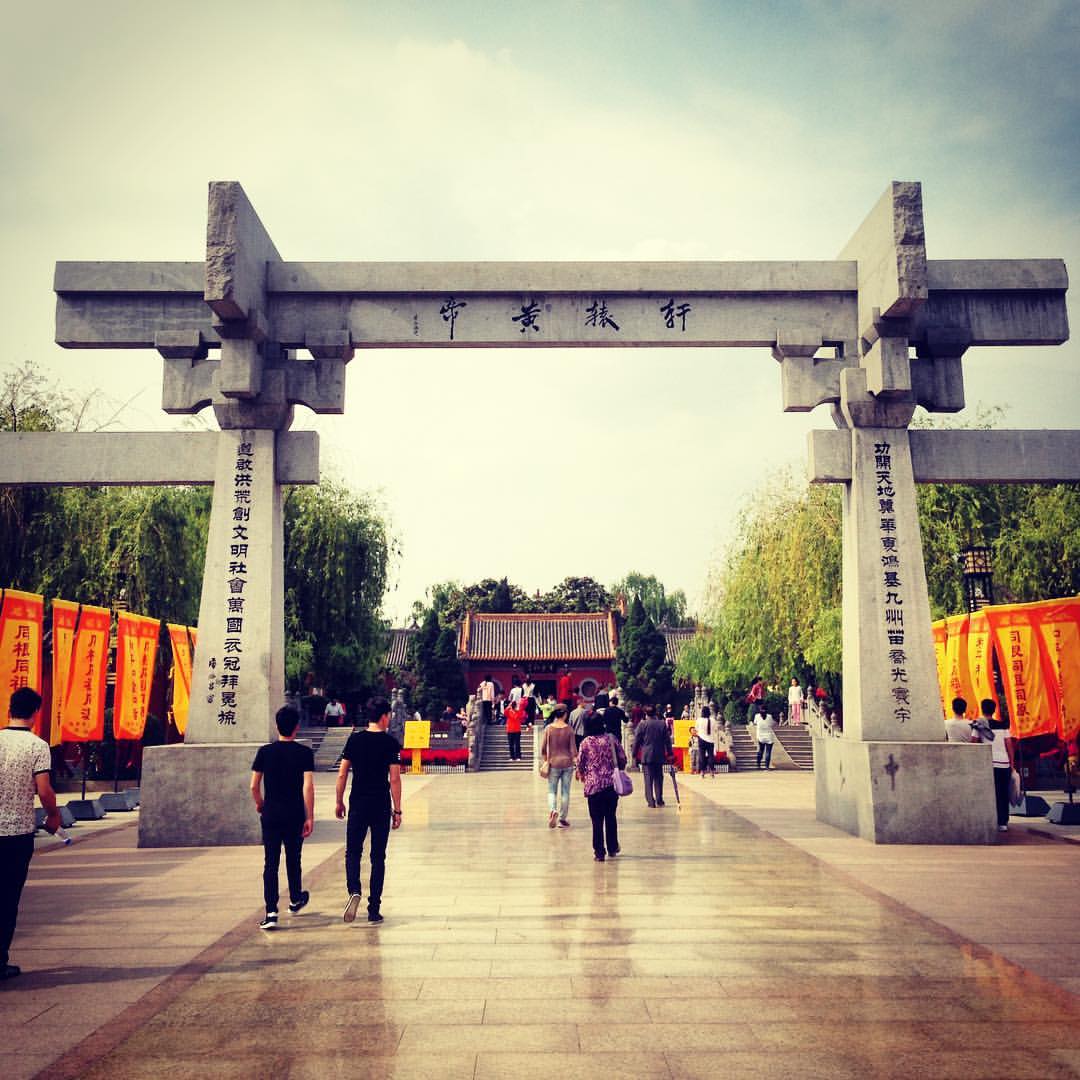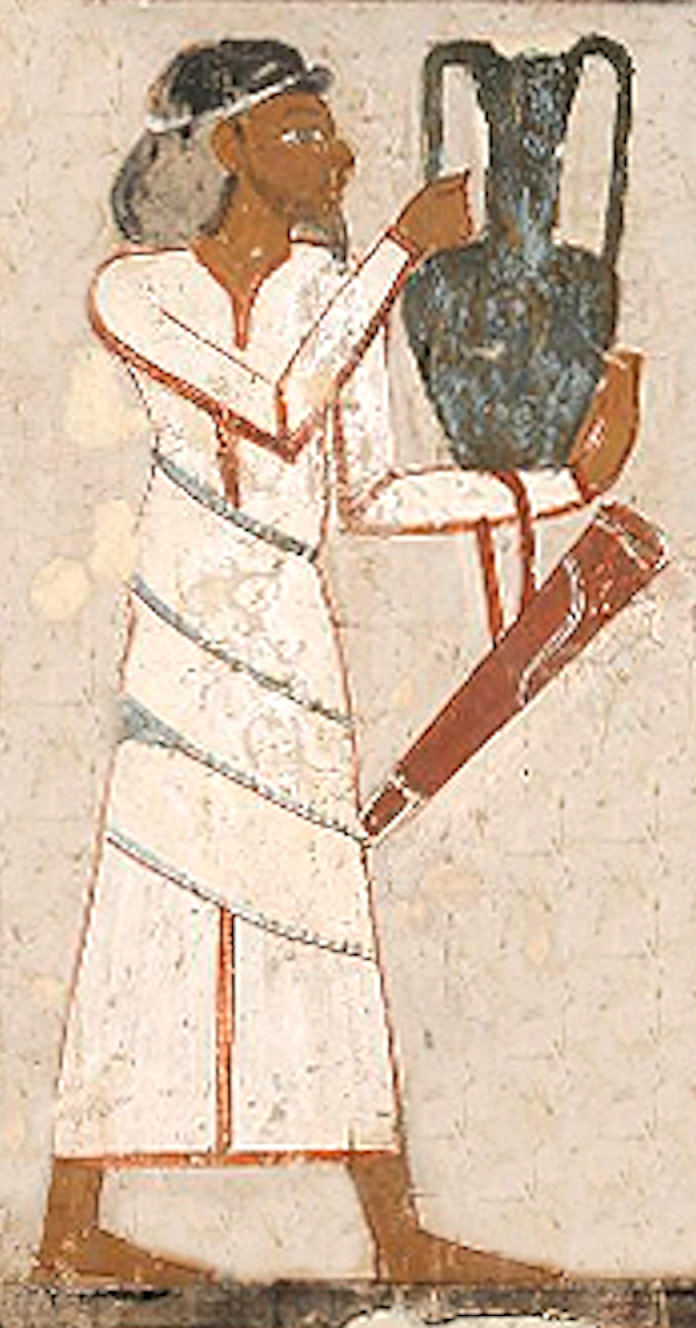|
Sino-Babylonianism
Sino-Babylonianism is a theory now rejected by most scholars that in the third millennium B.C. the Babylonian region provided the essential elements of material civilization and language to what is now China. Albert Terrien de Lacouperie (1845–1894) first proposed that a massive migration brought the basic elements of early civilization to China, but in this original form the theory was largely discredited. In the early 20th century, Sinocentric arguments, sometimes based on Hua–Yi distinction appealed to Chinese intellectuals who wanted to believe that the Yellow Emperor and other figures were historical, not myths. Others reacted to the extent of denying that there were foreign elements in early China. In the late 20th and early 21st century, scholars have used newly excavated archeological evidence to argue that some particular elements of ancient Chinese civilization were carried from western or central Asia into China and that there are linguistic ties between the two sides ... [...More Info...] [...Related Items...] OR: [Wikipedia] [Google] [Baidu] |
Yellow Emperor
The Yellow Emperor, also known as the Yellow Thearch or by his Chinese name Huangdi (), is a deity ('' shen'') in Chinese religion, one of the legendary Chinese sovereigns and culture heroes included among the mytho-historical Three Sovereigns and Five Emperors and cosmological Five Regions' Highest Deities (). Calculated by Jesuit missionaries on the basis of Chinese chronicles and later accepted by the twentieth-century promoters of a universal calendar starting with the Yellow Emperor, Huangdi's traditional reign dates are 2697–2597 or 2698–2598 BC. Huangdi's cult became prominent in the late Warring States and early Han dynasty, when he was portrayed as the originator of the centralized state, as a cosmic ruler, and as a patron of esoteric arts. A large number of texts – such as the ''Huangdi Neijing'', a medical classic, and the '' Huangdi Sijing'', a group of political treatises – were thus attributed to him. Having waned in influence during most of the ... [...More Info...] [...Related Items...] OR: [Wikipedia] [Google] [Baidu] |
Albert Terrien De Lacouperie
Albert Étienne Jean-Baptiste Terrien de Lacouperie (23 November 1844 – 11 October 1894) was a French orientalist, specialising in comparative philology. He published a number of books on early Asian and Middle-Eastern languages, initially in French and then in English. Lacouperie is best known for his studies of the Yi Ching and his argument, known as Sino-Babylonianism, that the important elements of ancient civilization in ancient China came from Mesopotamia and that there were resemblances between Chinese characters and Akkadian hieroglyphics. The American sinologist E. Bruce Brooks writes that Lacouperie "gained a sufficiently accurate view of the Spring and Autumn period that he realized, half a century before Chyen Mu and Owen Lattimore, that the 'Chinese' territory of that period was in fact honeycombed with non-Sinitic peoples and even states." Brooks concluded that the "whole trend of Lacouperie's thought still provokes a collective allergic reaction in Sin ... [...More Info...] [...Related Items...] OR: [Wikipedia] [Google] [Baidu] |
Hyksos
Hyksos (; Egyptian '' ḥqꜣ(w)- ḫꜣswt'', Egyptological pronunciation: ''hekau khasut'', "ruler(s) of foreign lands") is a term which, in modern Egyptology, designates the kings of the Fifteenth Dynasty of Egypt (fl. c. 1650–1550 BC). The seat of power of these kings was the city of Avaris in the Nile delta, from where they ruled over Lower and Middle Egypt up to Cusae. In the ''Aegyptiaca'', a history of Egypt written by the Greco-Egyptian priest and historian Manetho in the 3rd century BC, the term Hyksos is used ethnically to designate people of probable West Semitic, Levantine origin. While Manetho portrayed the Hyksos as invaders and oppressors, this interpretation is questioned in modern Egyptology. Instead, Hyksos rule might have been preceded by groups of Canaanite peoples who gradually settled in the Nile delta from the end of the Twelfth Dynasty onwards and who may have seceded from the crumbling and unstable Egyptian control at some point during the Thirteent ... [...More Info...] [...Related Items...] OR: [Wikipedia] [Google] [Baidu] |
Cambridge University Press
Cambridge University Press is the university press of the University of Cambridge. Granted letters patent by Henry VIII of England, King Henry VIII in 1534, it is the oldest university press A university press is an academic publishing house specializing in monographs and scholarly journals. Most are nonprofit organizations and an integral component of a large research university. They publish work that has been reviewed by schola ... in the world. It is also the King's Printer. Cambridge University Press is a department of the University of Cambridge and is both an academic and educational publisher. It became part of Cambridge University Press & Assessment, following a merger with Cambridge Assessment in 2021. With a global sales presence, publishing hubs, and offices in more than 40 Country, countries, it publishes over 50,000 titles by authors from over 100 countries. Its publishing includes more than 380 academic journals, monographs, reference works, school and uni ... [...More Info...] [...Related Items...] OR: [Wikipedia] [Google] [Baidu] |
Central Asia
Central Asia, also known as Middle Asia, is a subregion, region of Asia that stretches from the Caspian Sea in the west to western China and Mongolia in the east, and from Afghanistan and Iran in the south to Russia in the north. It includes the former Soviet Union, Soviet republics of the Soviet Union, republics of Kazakhstan, Kyrgyzstan, Tajikistan, Turkmenistan, and Uzbekistan, which are colloquially referred to as the "-stans" as the countries all have names ending with the Persian language, Persian suffix "-stan", meaning "land of". The current geographical location of Central Asia was formerly part of the historic region of Turkestan, Turkistan, also known as Turan. In the pre-Islamic and early Islamic eras ( and earlier) Central Asia was inhabited predominantly by Iranian peoples, populated by Eastern Iranian languages, Eastern Iranian-speaking Bactrians, Sogdians, Khwarezmian language, Chorasmians and the semi-nomadic Scythians and Dahae. After expansion by Turkic peop ... [...More Info...] [...Related Items...] OR: [Wikipedia] [Google] [Baidu] |
Caucasian Race
The Caucasian race (also Caucasoid or Europid, Europoid) is an obsolete racial classification of human beings based on a now-disproven theory of biological race. The ''Caucasian race'' was historically regarded as a biological taxon which, depending on which of the historical race classifications was being used, usually included ancient and modern populations from all or parts of Europe, Western Asia, Central Asia, South Asia, North Africa, and the Horn of Africa. First introduced in the 1780s by members of the Göttingen school of history, the term denoted one of three purported major races of humankind (those three being Caucasoid, Mongoloid, and Negroid). In biological anthropology, ''Caucasoid'' has been used as an umbrella term for phenotypically similar groups from these different regions, with a focus on skeletal anatomy, and especially cranial morphology, without regard to skin tone. Ancient and modern "Caucasoid" populations were thus not exclusively "white", but rang ... [...More Info...] [...Related Items...] OR: [Wikipedia] [Google] [Baidu] |
Tarim Basin
The Tarim Basin is an endorheic basin in Northwest China occupying an area of about and one of the largest basins in Northwest China.Chen, Yaning, et al. "Regional climate change and its effects on river runoff in the Tarim Basin, China." Hydrological Processes 20.10 (2006): 2207–2216.online 426 KB) Located in China's Xinjiang region, it is sometimes used synonymously to refer to the southern half of the province, or Southern Xinjiang, Nanjiang (), as opposed to the northern half of the province known as Dzungaria or Beijiang. Its northern boundary is the Tian Shan mountain range and its southern boundary is the Kunlun Mountains on the edge of the Tibetan Plateau. The Taklamakan Desert dominates much of the basin. The historical Uyghur name for the Tarim Basin is Altishahr (Uyghur language, Traditional spelling: 六城 or ), which means 'six cities' in Uyghur language, Uyghur. Geography and relation to Xinjiang Xinjiang consists of two main geographically, historically, and ... [...More Info...] [...Related Items...] OR: [Wikipedia] [Google] [Baidu] |
Tarim Mummies
The Tarim mummies are a series of mummies discovered in the Tarim Basin in present-day Xinjiang, China, which date from 1800 BC to the first centuries BC, with a new group of individuals recently dated to between c. 2100 and 1700 BC.School of Life Sciences, Jilin University, China, (2021)"The genomic origins of the Bronze Age Tarim Basin mummies" in ENA, European Nucleotide Archive. The mummies, particularly the early ones, are frequently associated with the presence of the Indo-European Tocharian languages in the Tarim Basin,Baumer (2000), p. 28. although the evidence is not totally conclusive and many centuries separate these mummies from the first attestation of the Tocharian languages in writing. Victor H. Mair's team concluded that the mummies are Caucasoid, likely speakers of Indo-European languages such as the Tocharians. A study published in 2021 suggests that the earliest Tarim Basin cultures appear to have had high levels of Ancient North Eurasian ancestry, with smaller ... [...More Info...] [...Related Items...] OR: [Wikipedia] [Google] [Baidu] |
Victor Mair
Victor Henry Mair (; born March 25, 1943) is an American sinologist. He is a professor of Chinese at the University of Pennsylvania. Among other accomplishments, Mair has edited the standard '' Columbia History of Chinese Literature'' and the ''Columbia Anthology of Traditional Chinese Literature''. Mair is the series editor of the Cambria Sinophone World Series ( Cambria Press), and his book coauthored with Miriam Robbins Dexter (published by Cambria Press), ''Sacred Display: Divine and Magical Female Figures of Eurasia'', won the Sarasvati Award for the Best Nonfiction Book in Women and Mythology. Life and career Victor H. Mair was born on March 25, 1943, in East Canton, Ohio. After high school, Mair attended Dartmouth College, where, in addition to his studies, he was a member of the Dartmouth Big Green men's basketball team. He graduated with an A.B. in 1965, then joined the Peace Corps and served in Nepal for two years. After leaving the Peace Corps in 1967, Mair r ... [...More Info...] [...Related Items...] OR: [Wikipedia] [Google] [Baidu] |
He Bingdi
Ping-ti Ho or Bingdi He (; 1917–2012), who also wrote under the name P.T. Ho, was a Chinese-American historian. He wrote widely on China's history, including works on demography, plant history, ancient archaeology, and contemporary events. He taught at University of Chicago for most of his career, and was president of the Association for Asian Studies in 1975, the first scholar of Asian descent to have that honor. Biography Ho's ancestral hometown is Jinhua, Zhejiang Province, and was born in Tianjin in 1917. In 1934, Ho studied at the Department of History of Tsinghua University in Beijing, then he went to Shanghai studying at Kwang Hua University temporarily due to the Second Sino-Japanese War, and graduated in Tsinghua with a BA in 1938. After graduation, Ho went to Yunnan in southwestern China during the Second Sino-Japanese War, and became a teaching assistant at the Department of History of the National Southwestern Associated University (a university temporarily jointed b ... [...More Info...] [...Related Items...] OR: [Wikipedia] [Google] [Baidu] |
Hyperdiffusionism
Hyperdiffusionism is a pseudoarchaeological hypothesis suggesting that certain historical technologies or ideas originated with a single people or civilization before their adoption by other cultures. Thus, all great civilizations that share similar cultural practices, such as construction of pyramids, derived them from a single common progenitor. According to its proponents, examples of hyperdiffusion can be found in religious practices, cultural technologies, megalithic monuments, and lost ancient civilizations. The idea of hyperdiffusionism differs in several ways from trans-cultural diffusion, one being that hyperdiffusionism is usually not testable due to its pseudo-scientific nature. Additionally, unlike trans-cultural diffusion, hyperdiffusionism does not use trading and cultural networks to explain the expansion of a society within a single culture; instead, hyperdiffusionists claim that all major cultural innovations and societies derive from one (usually lost) ancient civ ... [...More Info...] [...Related Items...] OR: [Wikipedia] [Google] [Baidu] |
_in_Guide%2C_Qinghai.jpg)



.png)



